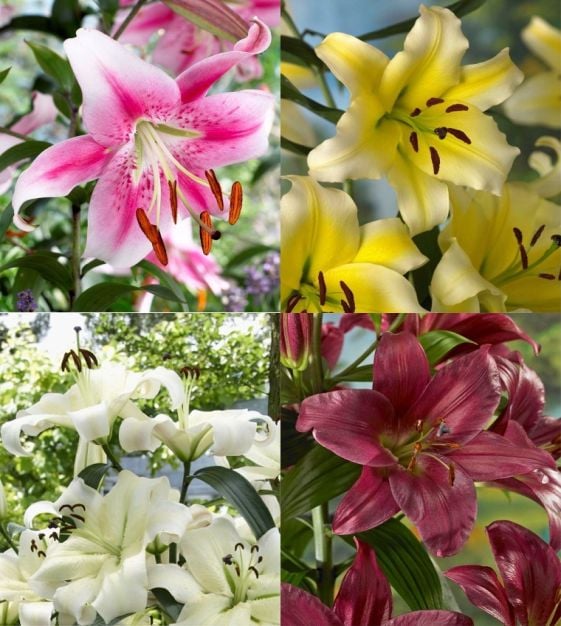
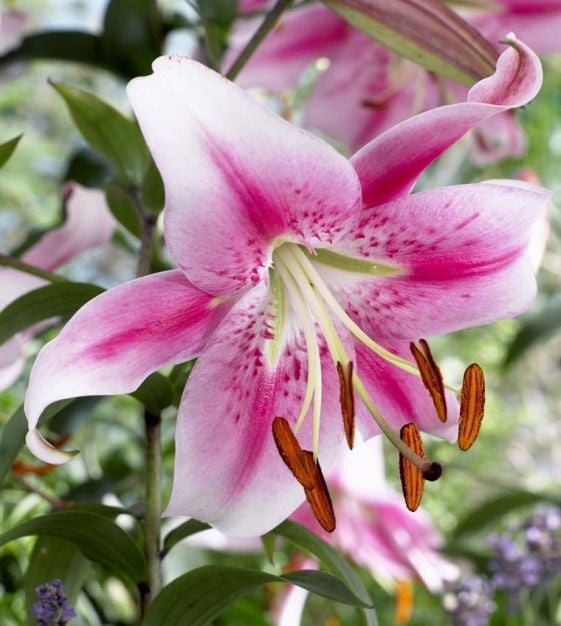



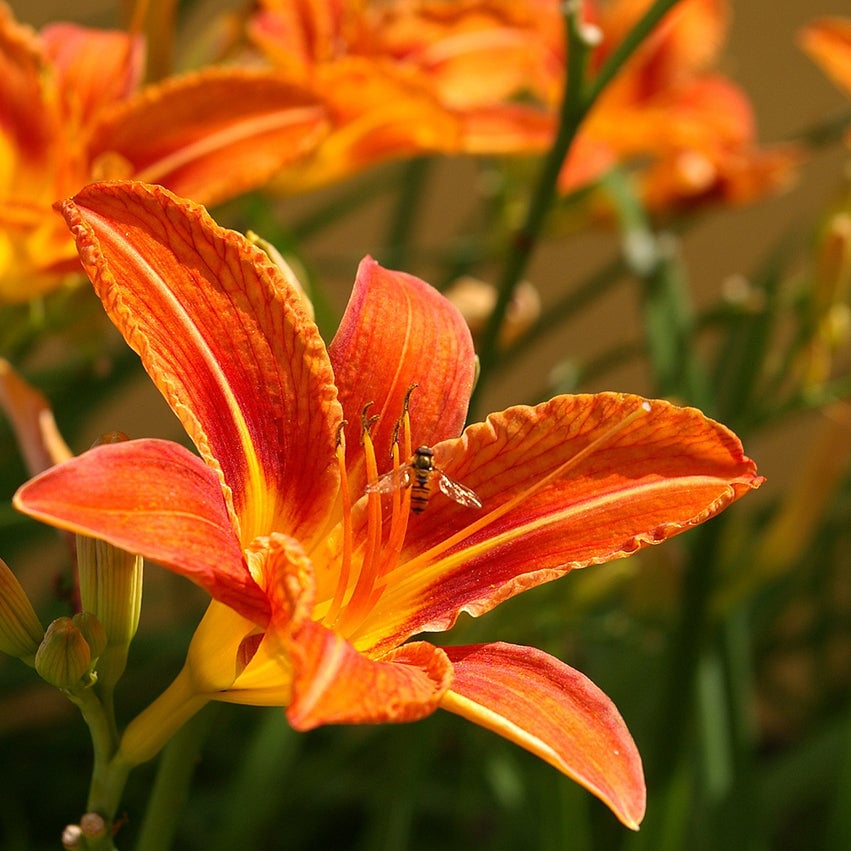
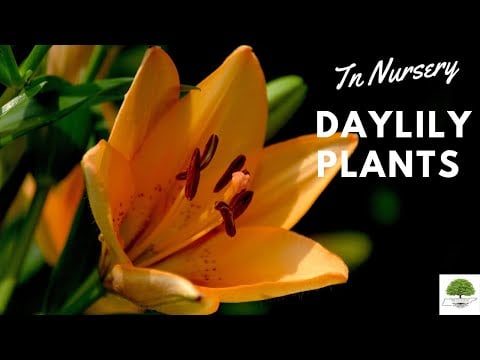
10 Daylily Rainbow Collection
Long-lasting blooms through summer
Resilient to pests and diseases
Adaptable to various soil types
Thrives in
ZONE 3ZONE 4ZONE 5ZONE 6ZONE 7ZONE 8ZONE 9This plant ships:
Ships Week of May 19th1 Year Guarantee on all plants
Daylily - Hemerocallis
The Daylily is a highly adaptable plant that is known for its showy, colorful blossoms. The beauty is a native of eastern Asia, and was brought to Europe and North America by new world colonizers. It gets its name from the unique bloom pattern of its flower which blooms for approximately one day. This pattern is often not noticeable because one plant has many blooms whose bloom times are staggered, making it a unique flower.
Plant Details - Daylily
Family: Asphodelaceae
Light Requirement: Full sun, or partial shade
Water Needs: Moderate
Height: 1-1.5 ft
Spread: 1 ft
Growth Rate: Moderate
Soil Preference: Well-drained, Fertile
Bloom Time: Spring - Summer
Flower Color: Orange, Pink, Purple, Red, White, Yellow
Wildlife Value: Attracts butterflies
Notable Characteristics - Daylily
The Daylily is a very fragrant, colorful blossom with six grand petals. They are not technically a true lily, because lilies are grown from bulbs while these flowers have a cluster of thick, fleshy roots. The showy flower has a leafless, flexible stem, with thin, strappy leaves that grow in a crown from the base. The leaves are long and bend gently downward, creating a forest of lush, green foliage. The flowers are large, with heavy stamens full of pollen. Their flowers come in various colors and are eye-catching in any hue, providing a beautiful addition to your spring garden.
Landscape and Maintenance
These sweet smelling flowers are not only remarkably beautiful, but remarkably heat and drought resistant. They establish themselves in an area easily, and can take root for years to come. The Daylily is hardy in many climatic conditions, but may need moderate water in a dry climate. While they are naturalized to the United States, they are an introduced species. They do not provide support for the full life cycle of pollinators, but do supply a delectable nectar for bees and butterflies to feed on.
This Is How Your Plants Will Look upon Delivery
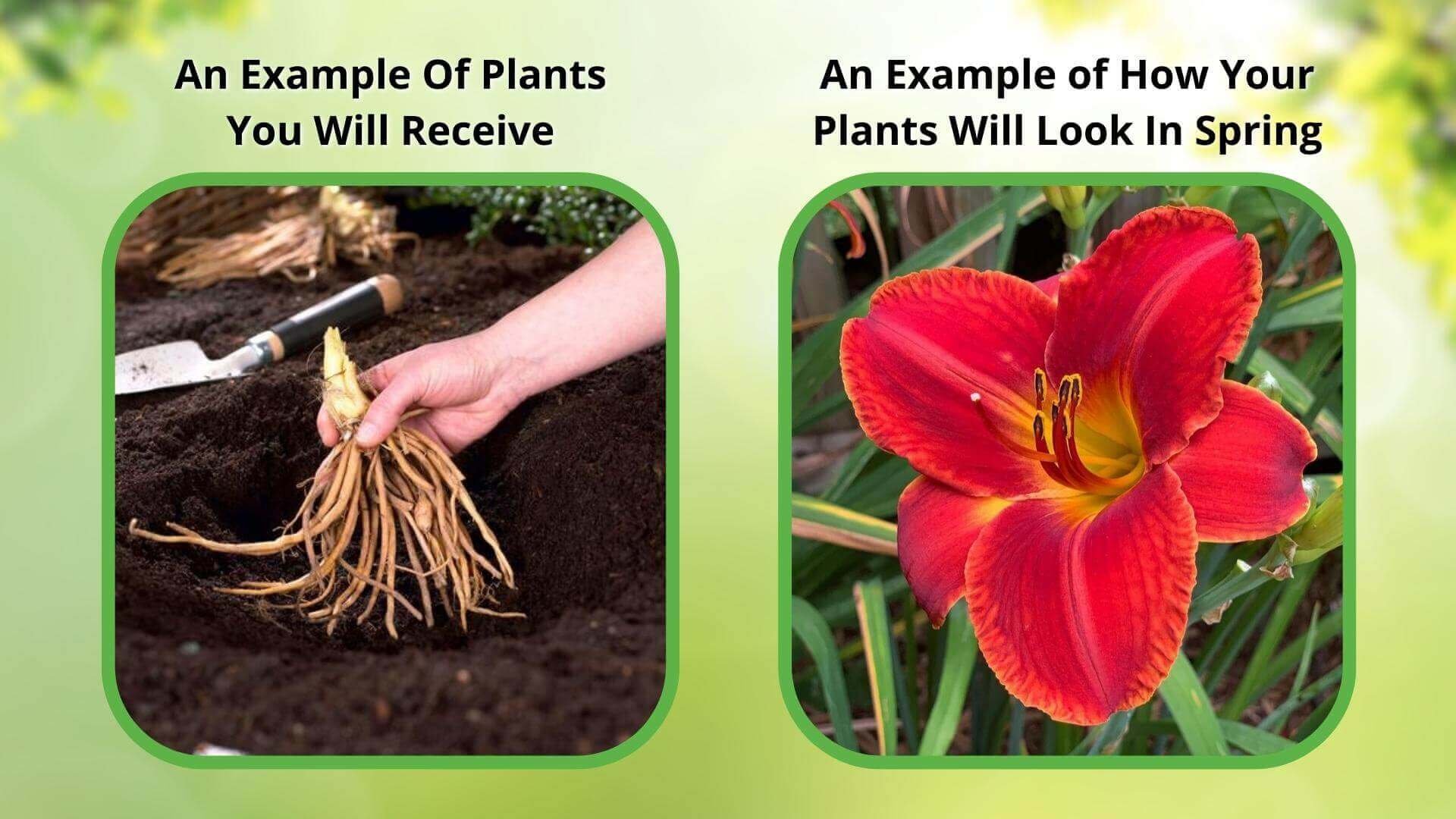
Bloom Season
Summer
Bloom/Foliage Color
Red
Height at Maturity
Over 12"
Care
Daylilies are low-maintenance and thrive in well-drained soil. Water regularly, particularly during dry periods, and fertilize in early spring. Remove spent blooms to encourage new growth. Separate them every 3-5 years to maintain vigor and prevent overcrowding.
Plant Reproduction
Self Reproduction
Shipping date depends on the date displayed and chosen when you order from the product's page.
We only accept returns on plants verified dead. If you think your plants have died, we offer a 1 year warranty, please use this File a Claim Link to verify dead plants and start with return warranty process.









10 Daylily Rainbow Collection
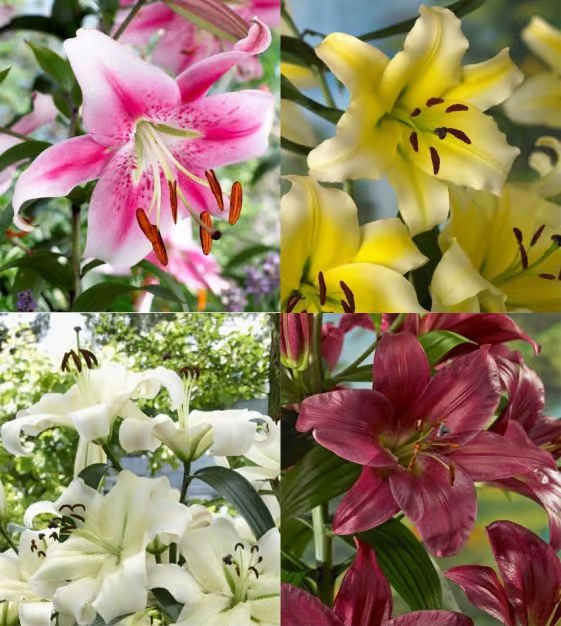
Vibrant Colors:
Enjoy a burst of stunning hues from the Daylily Rainbow Collection, featuring vibrant blooms in red, orange, yellow, pink, and purple for a truly eye-catching garden.
Low Maintenance:
Daylilies are known for their hardy nature and low maintenance needs, making them an excellent choice for busy gardeners.
Attracts Pollinators:
These vibrant blooms attract butterflies and bees, enhancing your garden's ecosystem and adding life to your outdoor area.
Versatile Landscaping:
Perfect for garden beds, borders, or container planting, the Daylily Rainbow Collection adds versatility and charm to any outdoor space.
Caring Tips
How do I care for my 10 Daylily Rainbow Collection?
Each box contains detailed care instructions and information about your product. But here's the basics.
Care Tips
Daylilies are low-maintenance and thrive in well-drained soil. Water regularly, particularly during dry periods, and fertilize in early spring. Remove spent blooms to encourage new growth. Separate them every 3-5 years to maintain vigor and prevent overcrowding.
Light Requirements
Daylilies flourish in full sun to part shade. They do best with 6 hours of unaffected sunlight daily but can tolerate afternoon shade in hotter climates. Adequate light ensures vibrant blooms and robust growth.
Hardy Planting Zones
3 • 4 • 5 • 6 • 7 • 8 • 9
Header
Use this content to share information about your store and products.
Frequently Asked Questions
How often should I water my plants?
How do I know if my plant is getting too much or too little sunlight?
What should I do to prepare my plants for winter?
What are the signs that my plant needs fertilizing?
How can I prevent pests from damaging my plants?
How do I choose the right plant for my climate zone?






